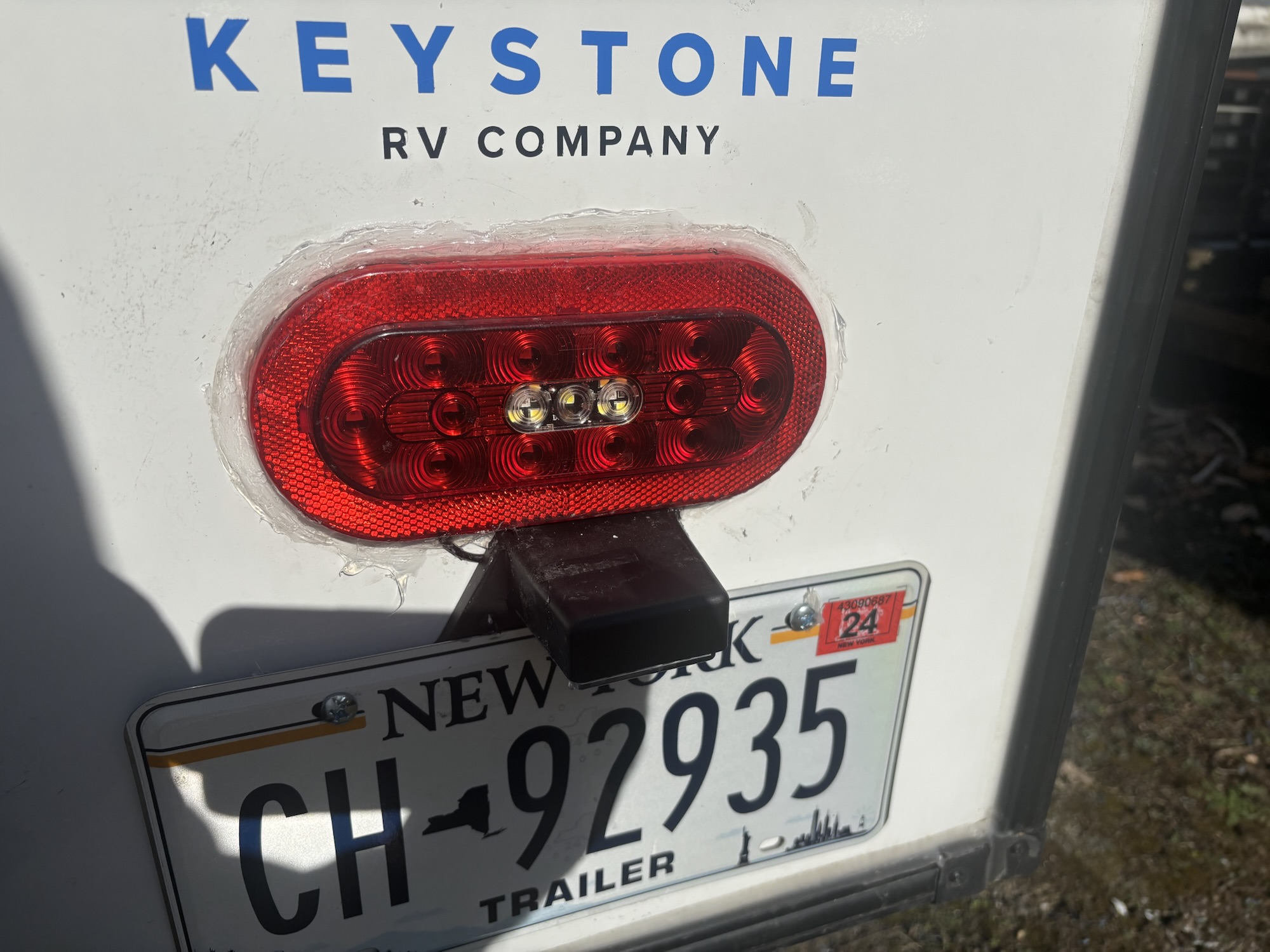A tiny bit under 4 years ago I restarted cross country skiing after a very long absence. I wanted to be cautious, so I started going to Cummings Nature Center that was one of the few places around that rented skis to make sure my knees were ok with this new idea. I vowed to stick to classic stride, and also not to worry about being fast. And it seemed to work out, so after a few weeks I bought some (used) skis and (new) boots.
Many years ago, I “loaned” my old waxing stuff to my friend Dan to assist his son Tom. I put “loaned” in quotes, because I thought I was loaning it, and he thought I was gifting it, and being that I’m non-confrontational, I never asked for it back. It was a very complete set of the waxes and other stuff (iron, corks, scrapers, etc) that any classic ski racer would need.
But when Dan sold me the skis 3.5 years ago, he also put me onto this stuff called “Start Tape”, which is a tape you apply to the kick zone of your ski and it acts like a universal wax system. It actually works pretty well – not great if there is soft fresh snow, but good enough on groomed trails. After all, I’m not trying to be particularly fast. And so far, each application has lasted most of the season.
That year I was still kayak racing so I soon found myself making what I would consider a decent distance – up to 10-11 kilometers. Ok, that would have been a warm up when I was racing, but it’s good enough now. In subsequent years, I haven’t been maintaining my fitness in the summer because my high hamstring tendonopathy/ischial bursitis/undiagnosable sit bone pain, and also the only place to ski is Bristol Mountain, because they make snow. And consequently, my longest skis are barely 5 kilometers long.
Last year I decided I needed to take control over preparing the glide section of my skis and also experiment with possibly getting more complicated with the waxing options, so I bought a small selection of waxes, corks and other stuff in a nice little bag. Except after cleaning off the old wax on my skis yesterday, I went looking for it, and couldn’t find it. I think I’ve looked everywhere it could have been, and a few it couldn’t. So now I’m thinking the only option open to me is to buy another one, which will guarantee that the first one will show up.

